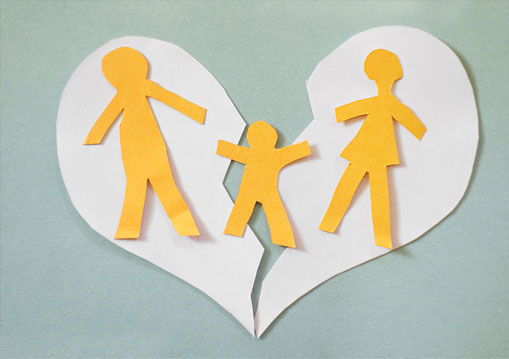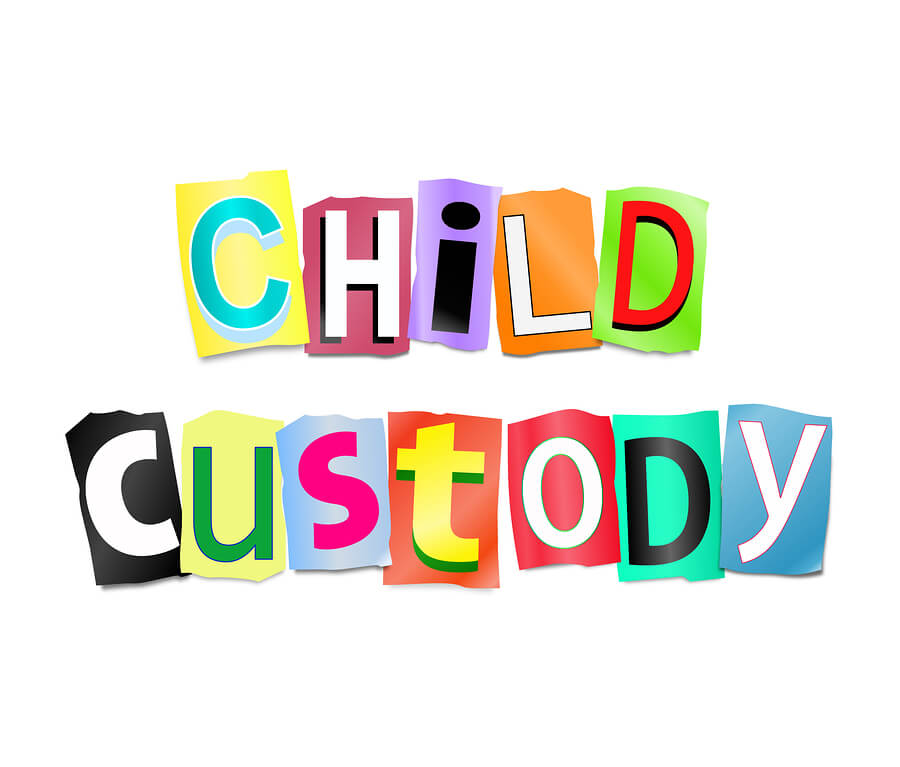It is an unfortunate reality that the family unit can sometimes break down. Sometimes, a couple gets divorced or has their marriage annulled for one reason or another, which in most cases leads to the courts needing to deliberate on what happens to the third party involved – the children.
Child custody, in its simplest terms, means the legal relationship between a child and his or her legal guardian – in most cases, the parent who will get custody, although it can sometimes be a third party, like a grandparent or uncle/aunt.
There are 2 aspects to child custody – legal custody and physical custody. Legal custody relates to who will take the decisions that will impact the child – for instance, their schooling, religion, medical treatment. Physical custody refers to where the child lives and who is responsible for the day-to-day care of the child.
Types of Legal custody
There are 2 types of Legal custody:
- Joint Legal Custody, where both parents have an equal say in the decisions to be taken.
- Sole Legal Custody, where only the legal guardian can make the decisions relating to the child. The other parent will have little to no say in these cases.
Types of Physical custody
There are several forms of physical custody arrangements:
- Joint Physical Custody, where the child spends equal, or as close to equal as possible, time with both parents. Generally, both parents will also share Joint Legal Custody.
- Sole Physical Custody, where the child lives with the legal guardian, and the other non-custodial parent will have visiting rights. Legal custody can be joint or sole in these cases.
- Bird’s Nest Custody, which is an arrangement by which the parents go back and forth from the child’s permanent residence. This places the burden of upheaval and movement on the parents rather than the child.
- Split Custody, which is only in cases where there are 2 or more children involved. This means that each parent gains sole physical custody over 1 or more children each.
- Alternating Custody, which means that the child will spend an extended period of time with one parent, and then move to the other parent for a similar length of time. This arrangement is also called Divided Custody.

Who decides?
It is generally viewed that any custody decision needs to be made in the child’s best interests. If the parents themselves can make these decisions amicably, there is no reason for a judge to get involved in the decision-making process, and will therefore simply sign the court agreement. However, if no decision can be agreed upon, it is then up to a judge to deliberate and make the decision in the child’s best interests.
In cases like these, the judge will to be sure that the decision being made leads to minimal disruption in the child’s life and ensures the child’s happiness, safety and overall well being. This will be done by taking into account the child’s health, living environment and social interests; as well as the child’s relationship with each parent.
Is it foolproof?
Not at all. Although the ‘best interest’ rule has been widely favored amongst legal systems worldwide for the last 40 years, there are deficiencies to the concept. The main problem is that it is so hard to properly verify – family life is at its core private, and therefore, it is hard to assess the provided evidence correctly. The reason for this is that the ‘best interest’ rule inadvertently encourages each parent to show their parenting skills in the best light possible, while at the same time trying to disprove and discredit the other parent’s ability (which can lead to exaggeration and deceit – not exactly an ideal situation to put a child through!)
There is also the fact that the judge’s decision will be based on subjective analysis and personal bias. It is a generally accepted notion that mothers are the better caregiver and this does weigh heavily in their favor during decisions about custody, regardless of whether or not the father can prove that he is equally as adept at childcare. To make matters worse, any decision that they do make will be subject to public scrutiny, and in this day and age where women’s rights and men’s rights activists take a keen interest in custody battles, any decision that is taken will be met with some sort of outrage.

At the end of the day, custody is a touchy subject, and each case should be treated with the care and gravitas that it deserves. We might not always agree with the decision being made at the time, but let cooler heads prevail and think of whether or not the child’s best interests have been taken into account. After all, they had nothing to do with the break down of their parents’ relationship, yet they will be the ones most affected by it.


it’s nice that there are things to read like this to inform parents who are thinking about getting child custody. I also learned a lot from this.